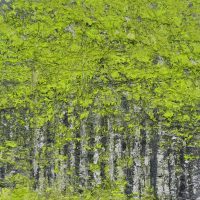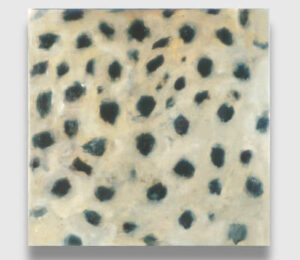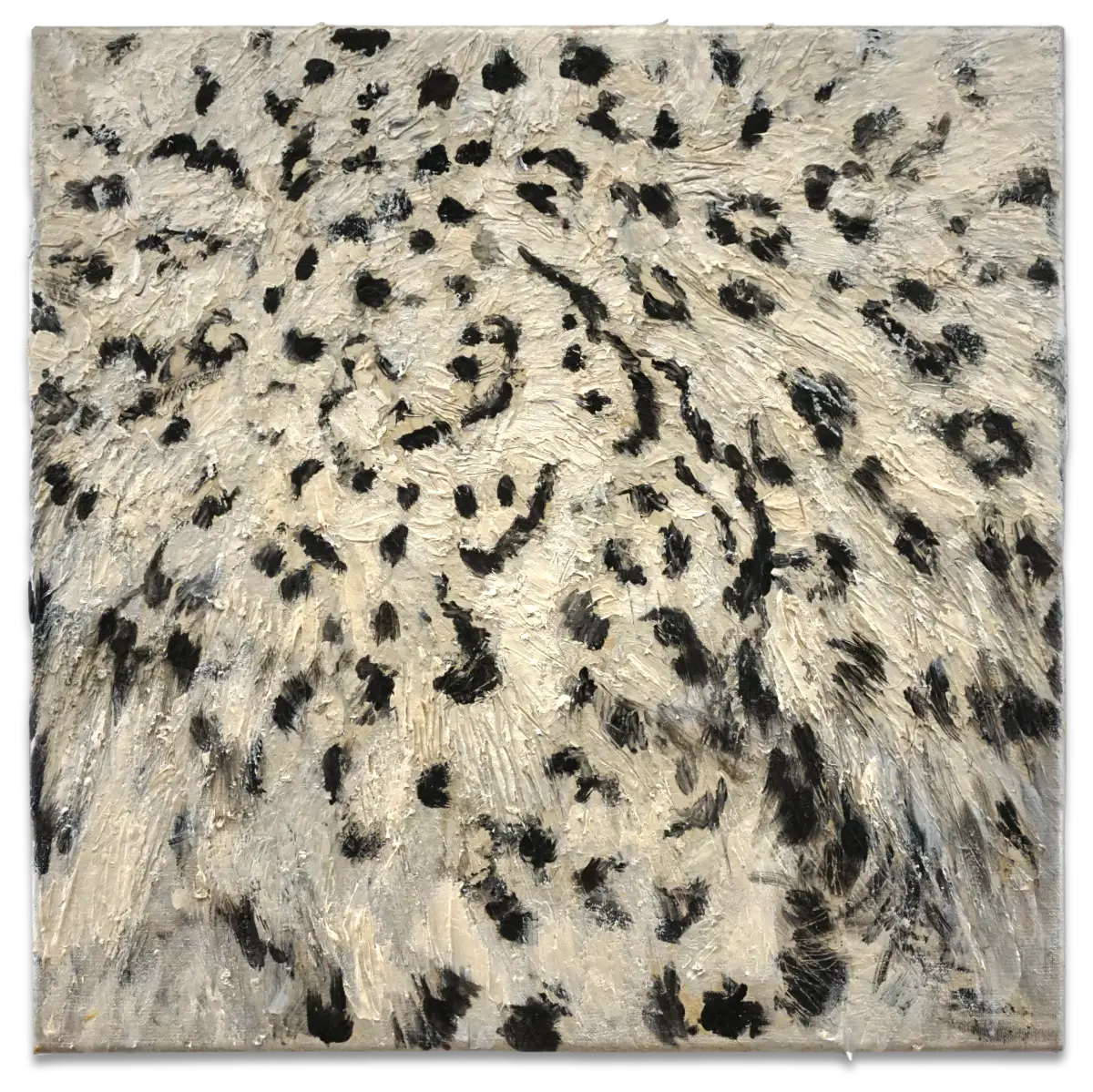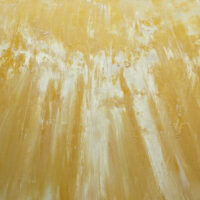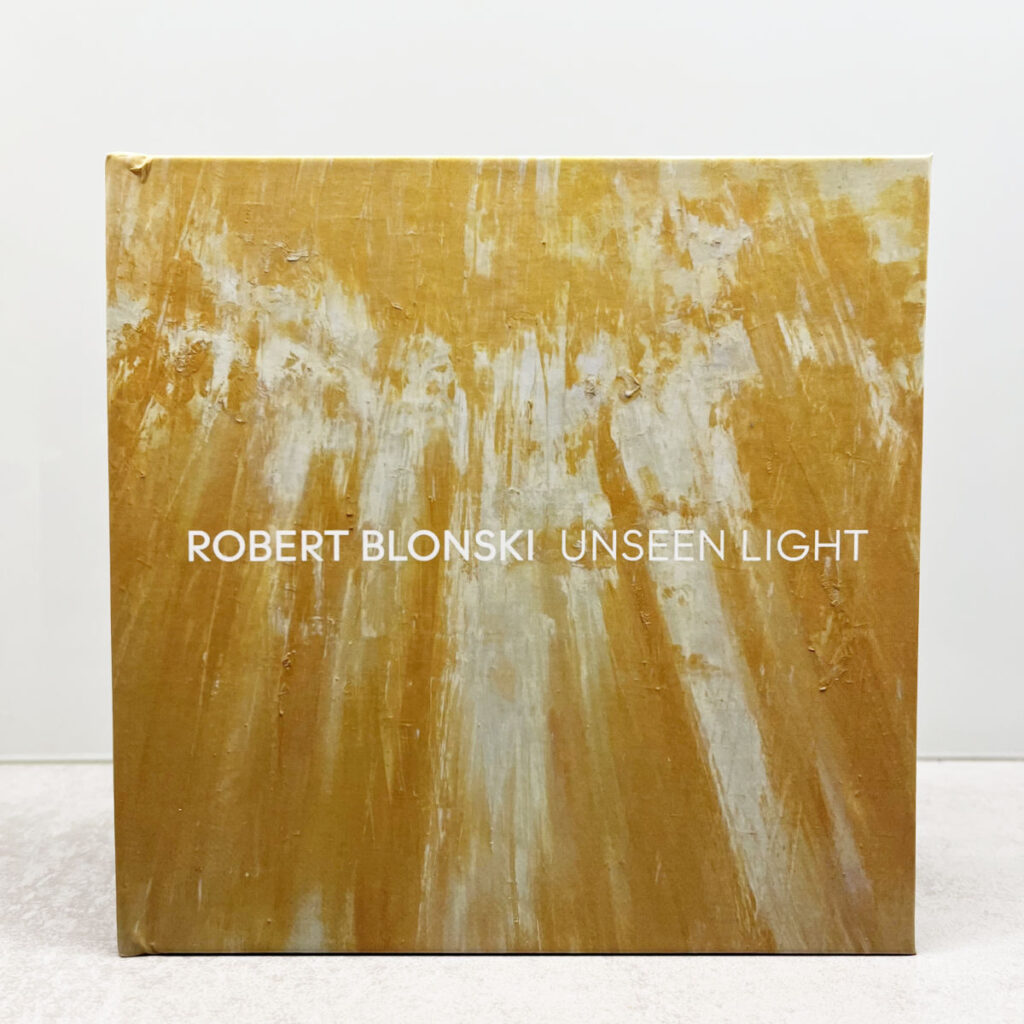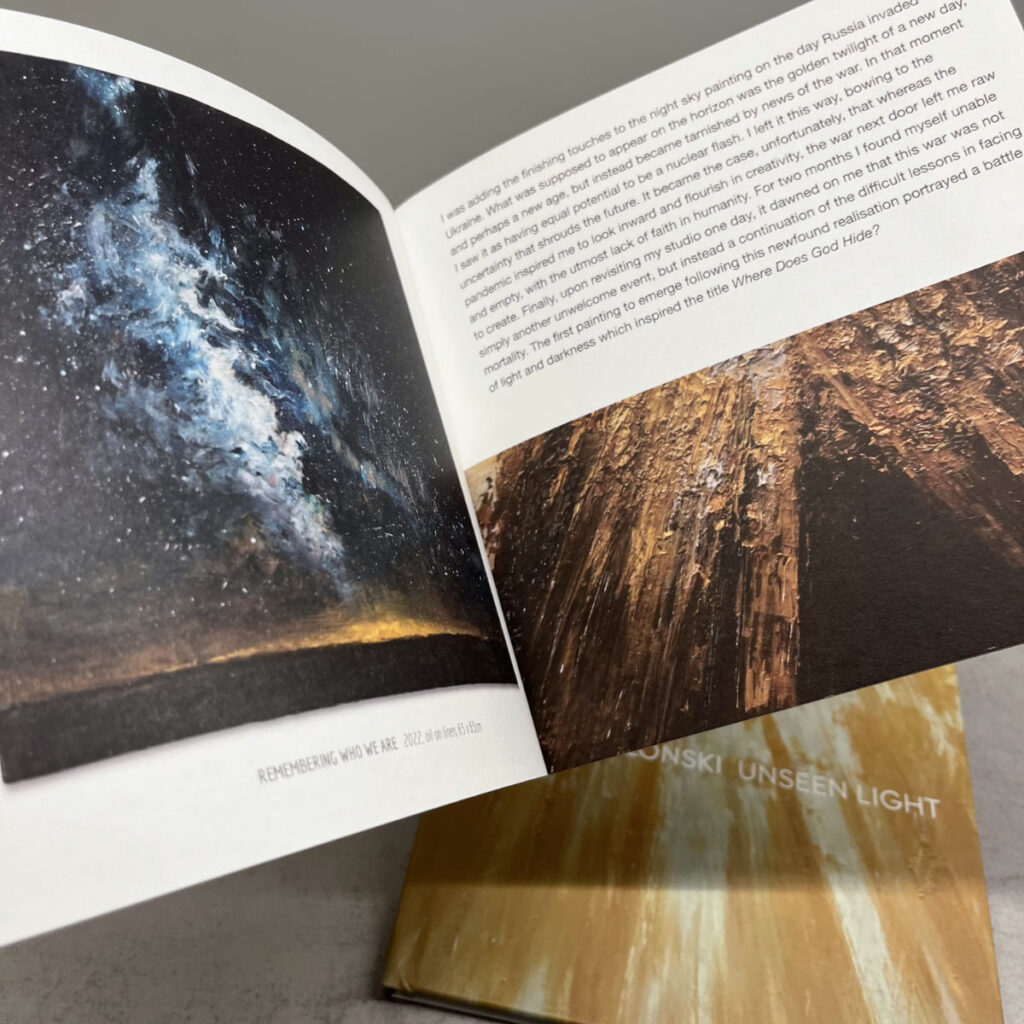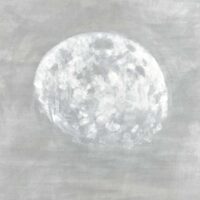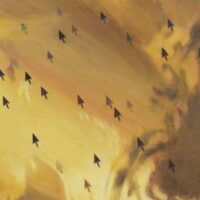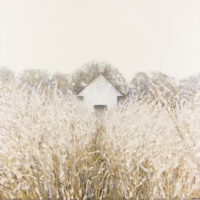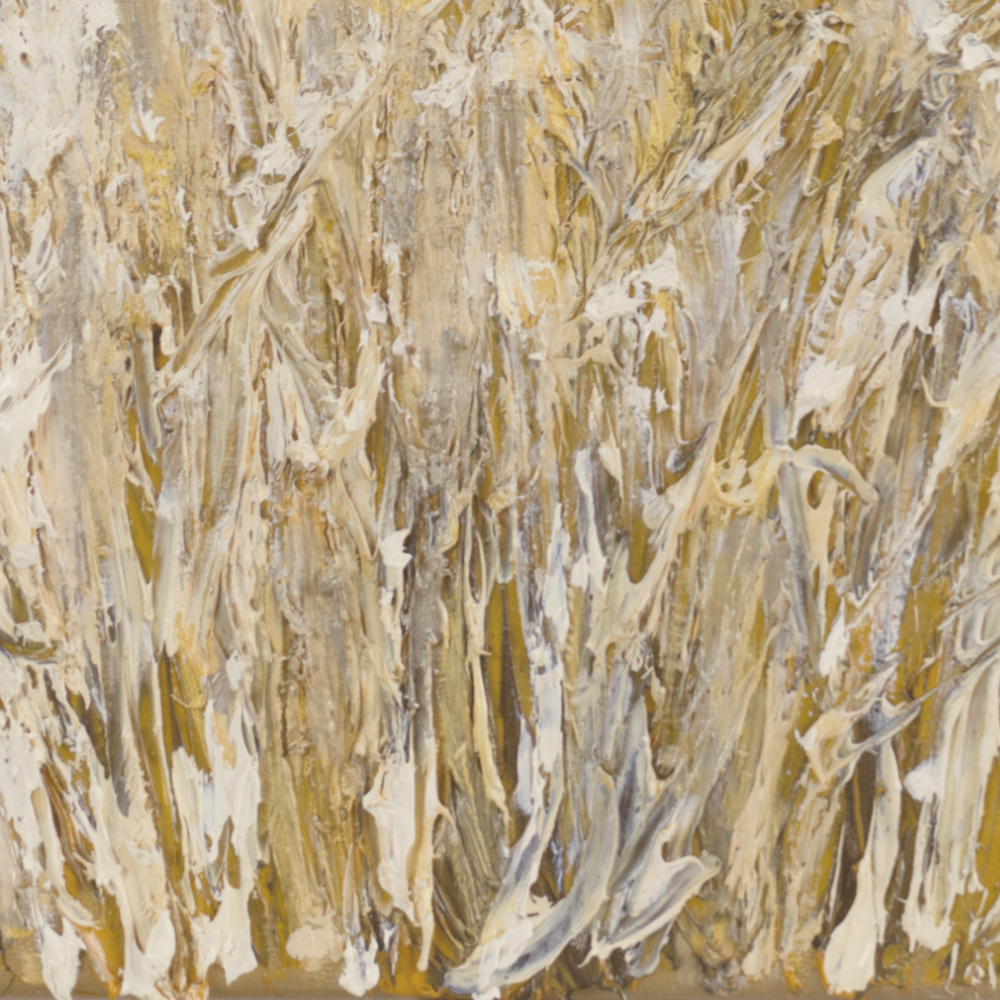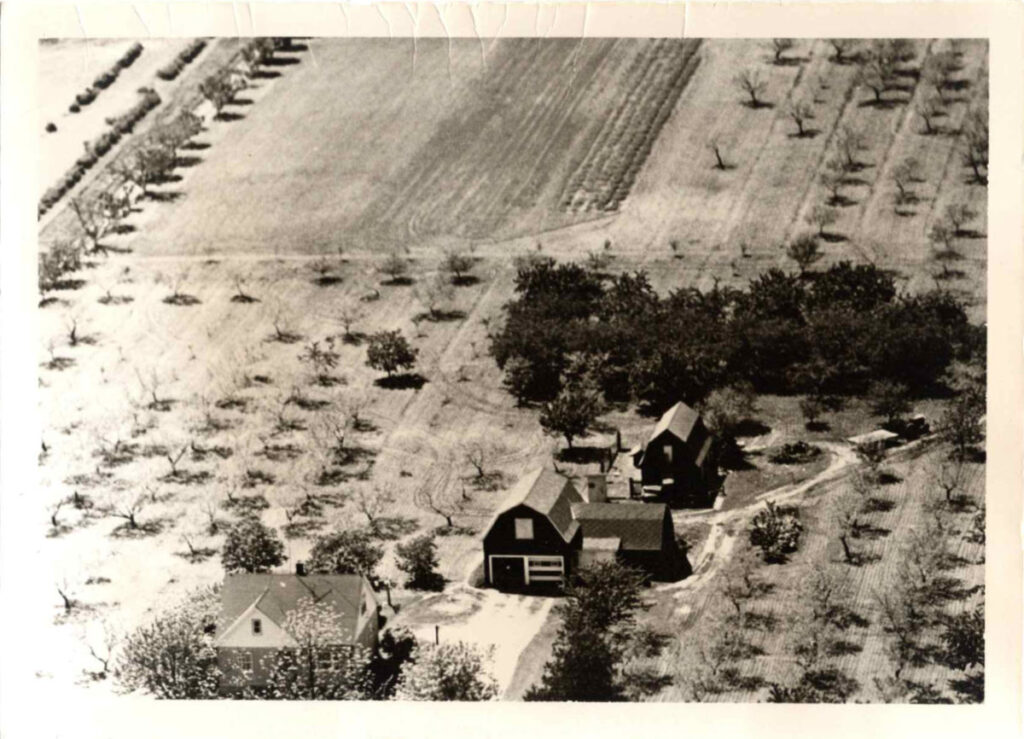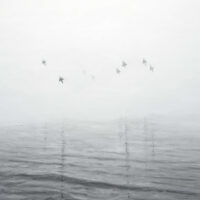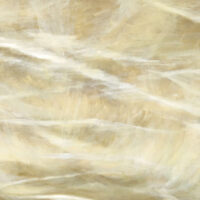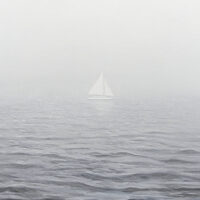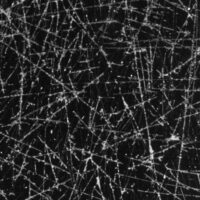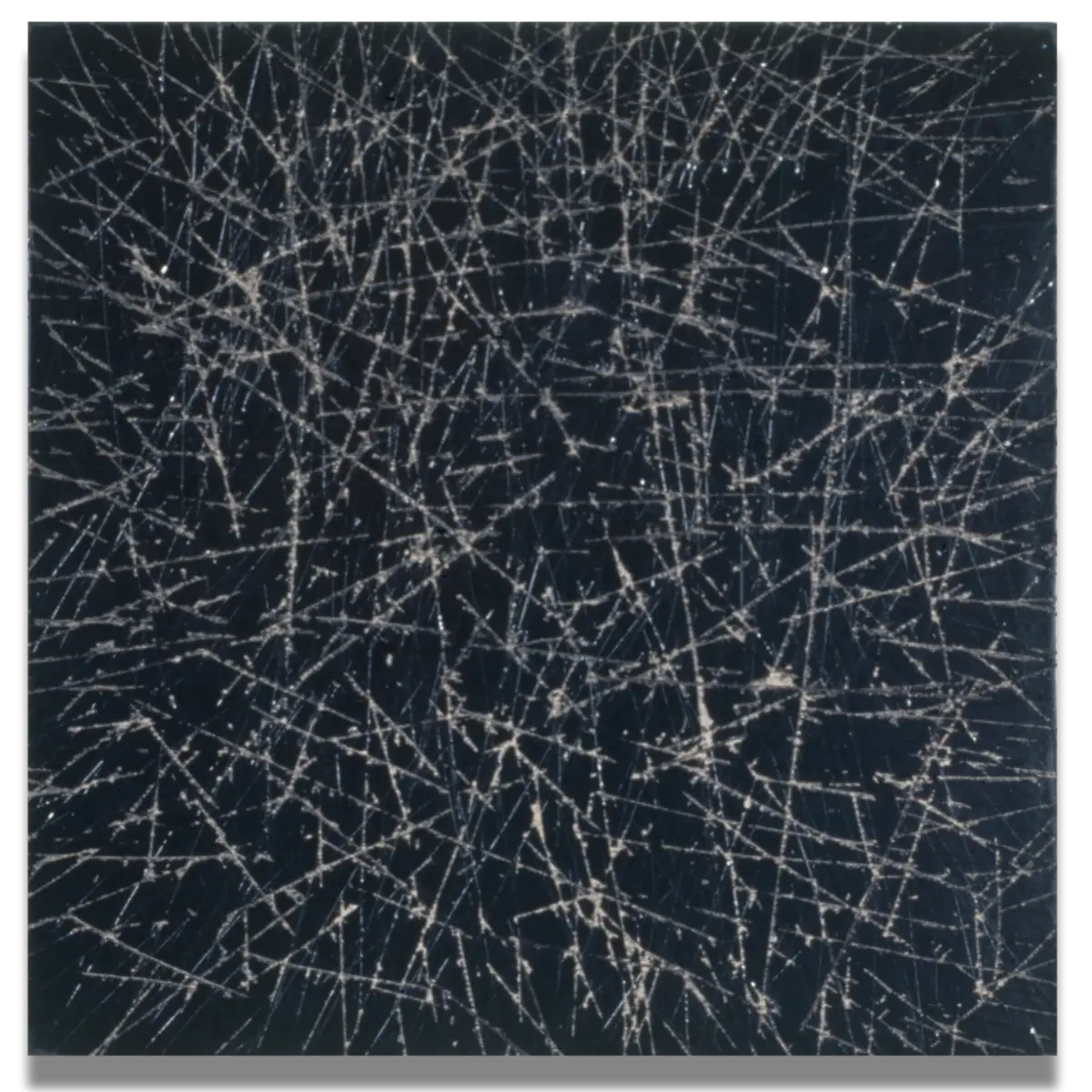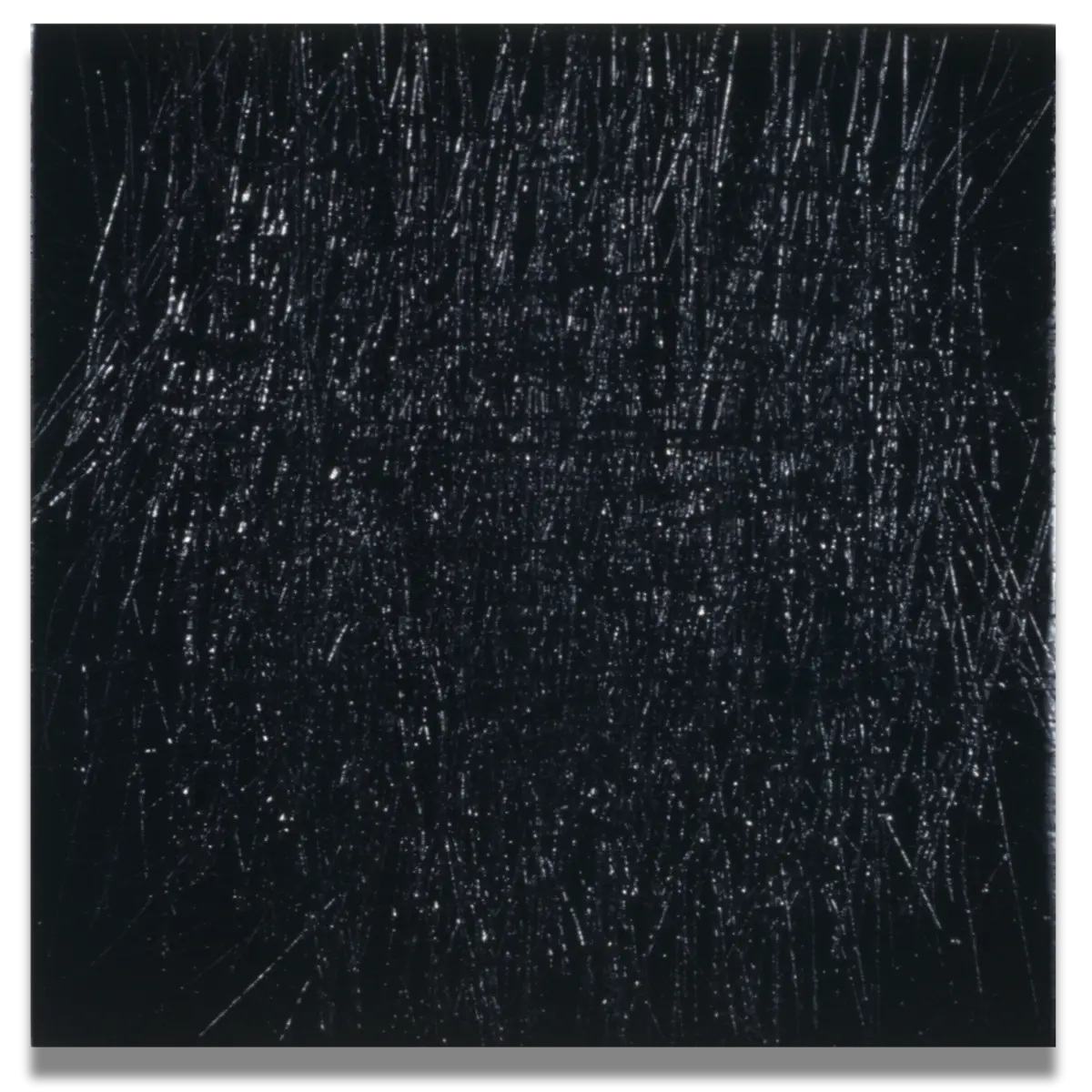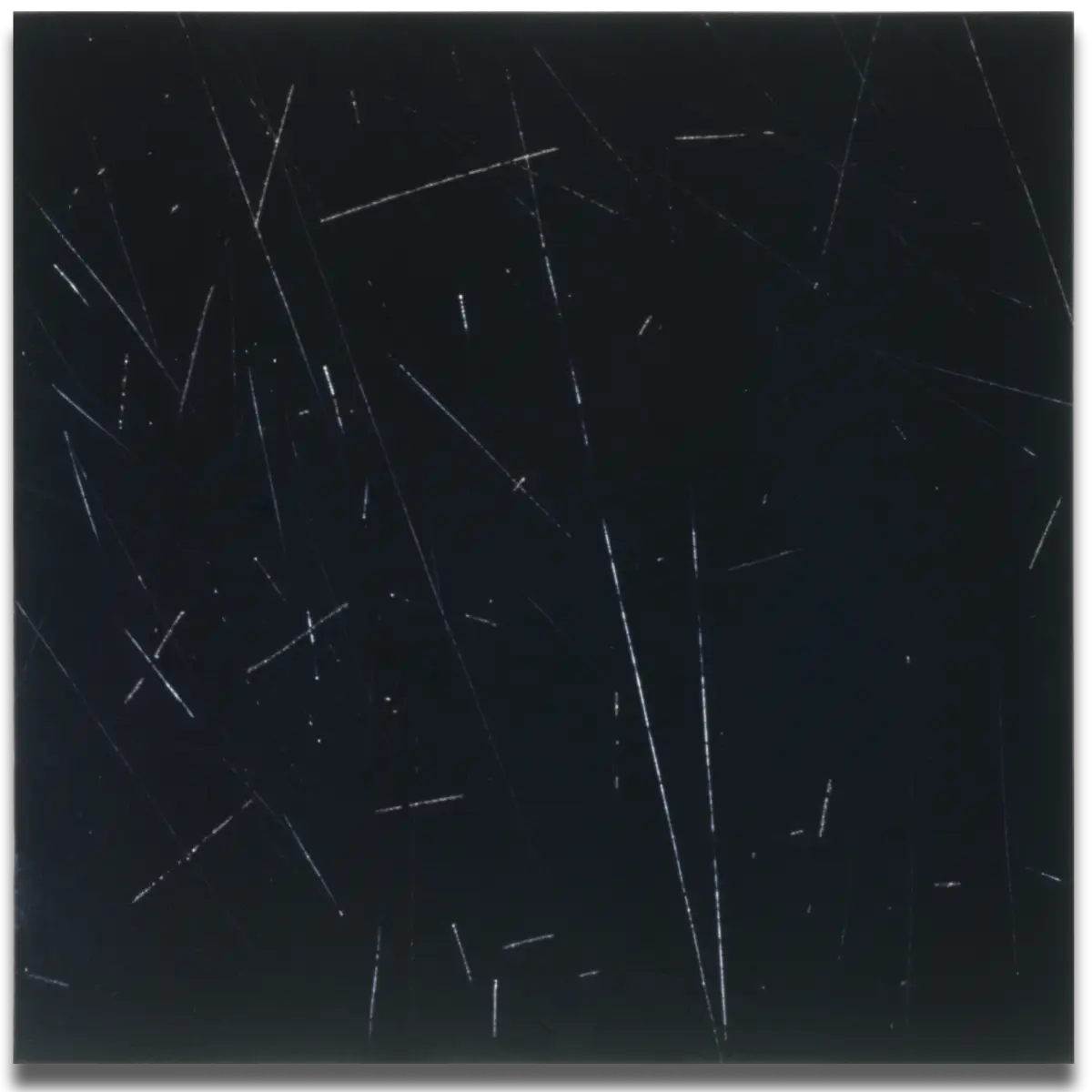The lungs of the world were aflame as wildfires spread throughout Australia, the Amazon and California that decisive summer. At last it felt that the climate crisis was no longer something that could be debated, and the world was at a tipping point. And then, when we had scarcely caught our breath, a deadly virus began to spread across the globe. As the damaging wildfires increased carbon dioxide levels in the atmosphere for years to come and restricted the regeneration of oxygen by eliminating trees, it was hard not to speculate that COVID-19 had arrived in retaliation, punishing our hearts and lungs. Our destructive civilisation was abruptly stopped in its tracks. Facing an unseen enemy, both alone and collectively, we journeyed inwardly through intervals of quarantines and lockdowns. Certainly, this period fostered an appreciation for that which was essential, and we gained practice in working cooperatively. Viewed from the most positive perspective, the pandemic was a golden opportunity for us to reset. But disconcertingly, something quite different emerged instead. Less than two years later, before the first buds of spring would appear, the Great Bear emerged from its cave, as nations around the globe rebounded with an even greater ferocity. Battles over territories and resources would take precedence over any desire to safeguard our planet, and humanity appeared driven to prove that we alone would be responsible for our own demise. The threat of nuclear annihilation now looms. How did we even arrive at this capacity to ensure extermination of life on Earth several times over, under the pretence of self-defence? We have grown so uncomfortable with the topic of our own death, even whilst the dark side of civilisation expedites its arrival.
Consistent in my work is the depiction of the natural world, our Mother Earth, and the celestial bodies neighbouring it. The focus is on the primordial, with the images deliberately showing a world absent of humans and other species. Consequently, the stirring question is whether they represent a time before our arrival, or conversely, one following our departure. What is certain is that they are a return to a heliocentric universe where people are no longer the centre of importance. As the darkness in the world proliferates, so does the desire for light, and amid the turbulence a sense of centredness is imperative. The art-making process, for me, is a means to realise this centredness. Symbolic painting has the advantage of allowing polarities to co-exist, thus simultaneously representing life and death, light and darkness, despair and rapture. The surfaces of many of my paintings have been recycled, scraped off and then reapplied. In some paintings, nature is reinforced in a stature of prominence, while at other times it threatens to slip away. The worked surfaces of the paintings also exist as another form of landscape, fastidiously textured, with scorched black areas, at times distressed, at other times sparkling and jewel-like. Their surfaces are a microcosm within the macrocosm. Gold, silver and pearl-white paint are mostly used in these works, suggestive of precious metals, accentuating the invaluable creative world. As the world that surrounds me fragments, in my works I strive for inner harmony, and in essence I am driven by an abiding desire to put the world back together.
On the first and second day of the lockdown, as I faced the unknown, I felt a sense of urgency to head straight for the studio and I quickly produced these works using gold and silver paper. The subject is the timeless sun, shown both in a fixed central position in the sky and also above and beyond the picture window. These images promise that above all, the light will once again appear, and so will another day.
Forests are not only visually part of the horizon but also an integral part of the extended relationship between the earth and the cosmos. Trees are responsible for releasing oxygen into the atmosphere, and when electrons in space collide with that oxygen, creating a stunning light dance, it is an emphatic reminder of their life-giving contribution to our environment. In these paintings, the trees are crowned by auras that blend into the night sky, reaching towards the extraordinary phenomenon of the aurora borealis.
During the early days of the lockdown, I envisioned the trees breathing more easily. The first drawing is of the tree I see each day from my balcony, whose green buds I watched burgeoning freely while I remained confined indoors. Later I also wanted to explore the theme of light, not only falling upon trees, but also circulating within them, and ultimately within myself. The Taoist-inspired book I was reading at that time was called The Secret of the Golden Flower. As I created these pieces, I kept in mind the quote: ‘To live in contact with the world and yet in harmony with the Light.’
I was adding the finishing touches to the night sky painting on the day Russia invaded Ukraine. What was supposed to appear on the horizon was the golden twilight of a new day, and perhaps a new age, but instead became tarnished by news of the war. In that moment I saw it as having equal potential to be a nuclear flash. I left it this way, bowing to the uncertainty that shrouds the future. It became the case, unfortunately, that whereas the pandemic inspired me to look inward and flourish in creativity, the war next door left me raw and empty, with the utmost lack of faith in humanity. For two months I found myself unable to create. Finally, upon revisiting my studio one day, it dawned on me that this war was not simply another unwelcome event, but instead a continuation of the difficult lessons in facing mortality. The first painting to emerge following this newfound realisation portrayed a battle of light and darkness which inspired the title Where Does God Hide?
I am not religious, but nor would I consider myself to be an atheist. There are a select number of experiences in my life which I feel I can revisit as if they exist in the present moment, and they represent for me a bond with the divine. There was one particular road trip through Quebec, Canada, that brought us to a charming bed and breakfast on a farmland property. We woke very early the next day to explore the grounds, and we were insistently led by the estate’s aged dog through the golden wild grass to a far corner of the farm, where we were greeted by the sight of the sun slowly emerging, its rays piercing through the trees and striking a mirror-like pond, upon which the morning mist swirled. There was a fresh scent present in the air, experienced only in such newborn moments. These two paintings are a revisitation of this precious, everlasting moment. As I reflected on our dog guide, I realised that he reminded me of an earlier dream in my life, in which I entered a backyard to discover an older, silver-haired dog with angel wings who stood in the centre of a small garden. I woke from the dream contemplating that mystifying encounter, until I eventually experienced an epiphany when I thought about the word ‘dog’ spelled in reverse.
Here are two paintings depicting the sun, one white on a gold background, and the second gold on a pearl-white background. They are primordial and reinforce an understanding that all things begin and ultimately end with the sun. These two paintings were also unique for me in that they did not follow the guidance of a reference image, but rather a strong vision in my mind.
The title of this painting, Safe Water, is intended to hold a double meaning. Safe water can be that which is safe to drink. It can also mean a secure position in a body of water where one is no longer in danger of being swept away. The association between these two meanings is, I think, poignant.
